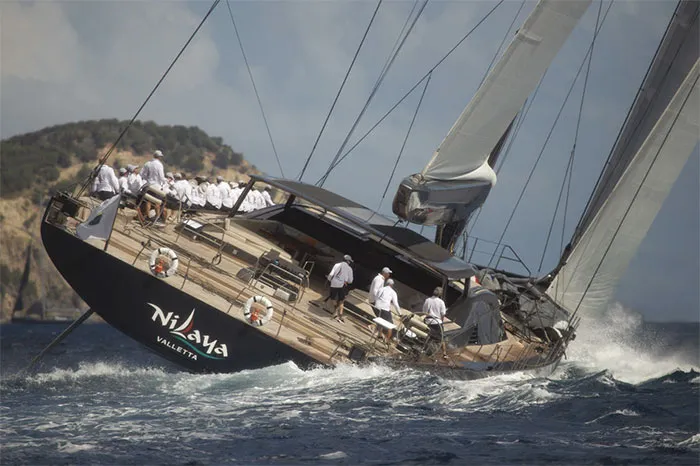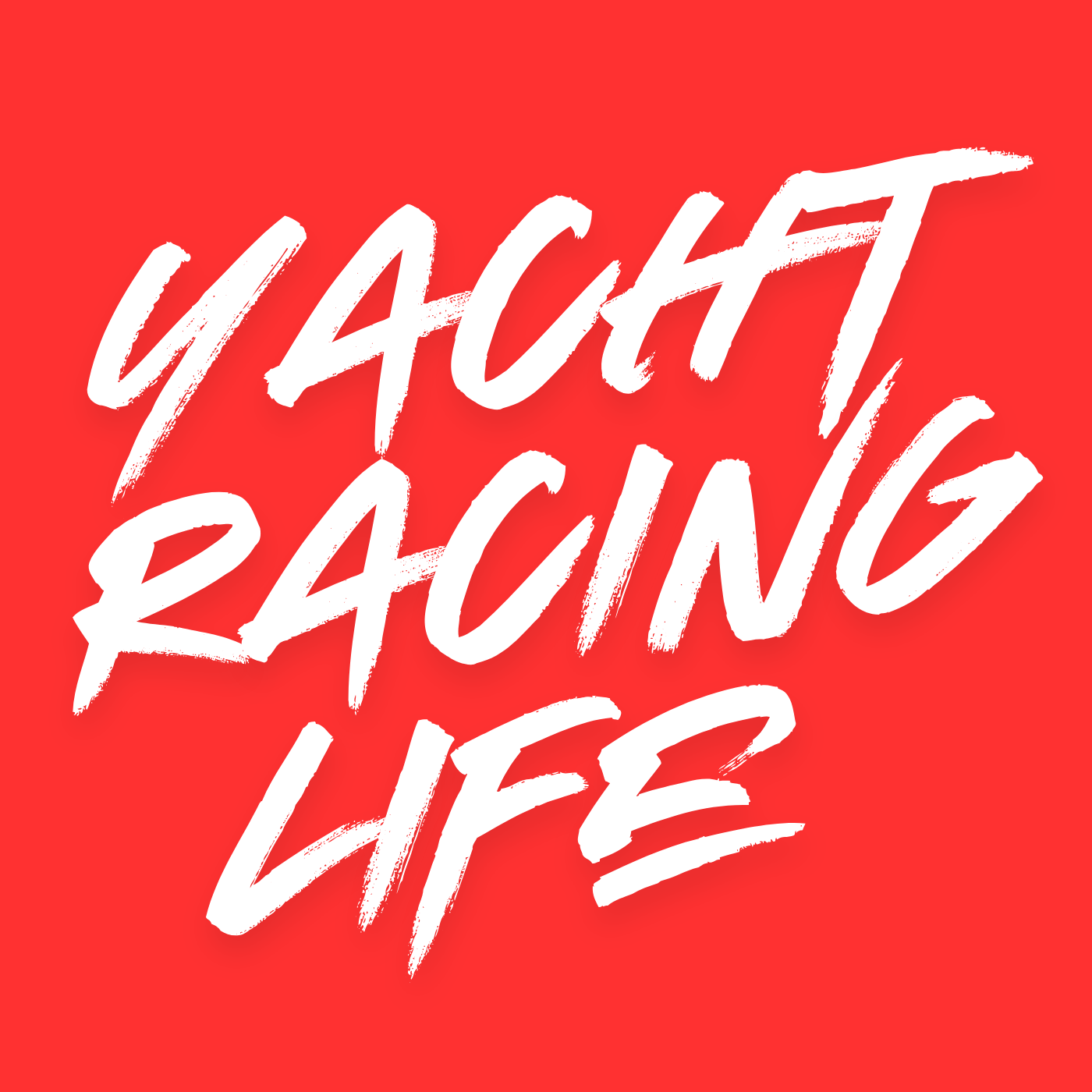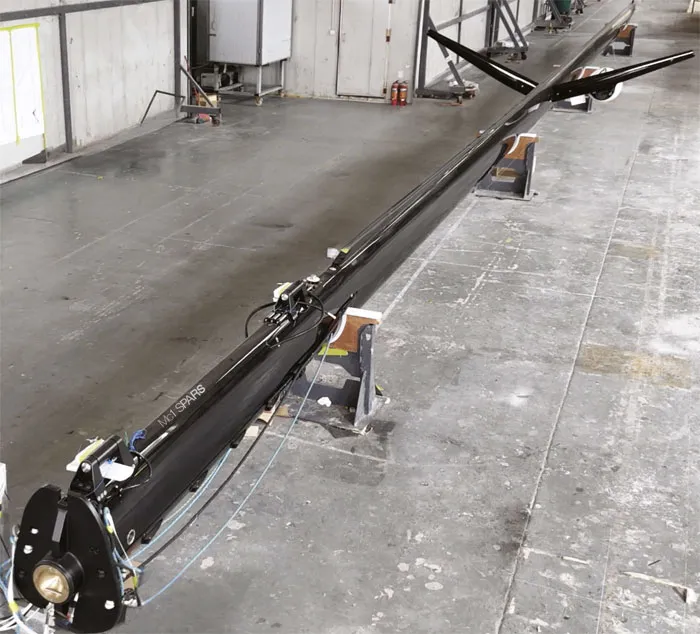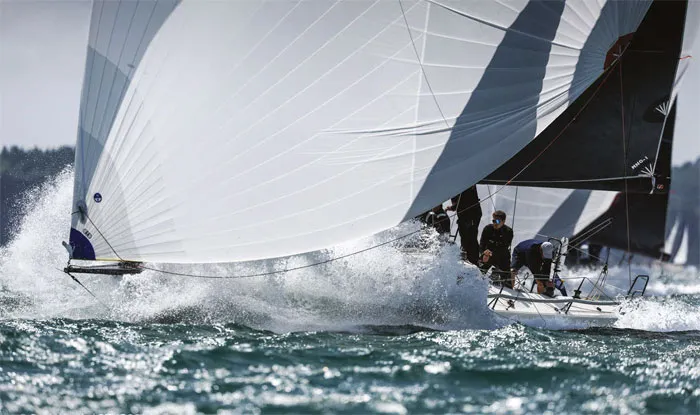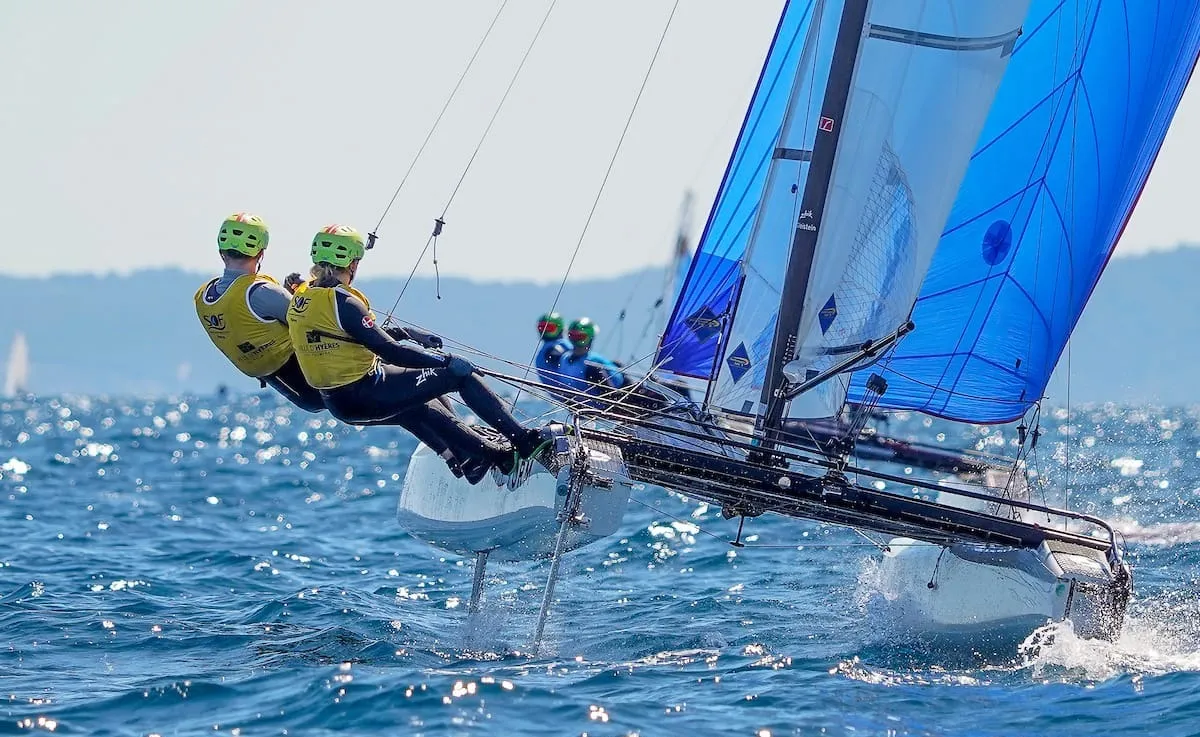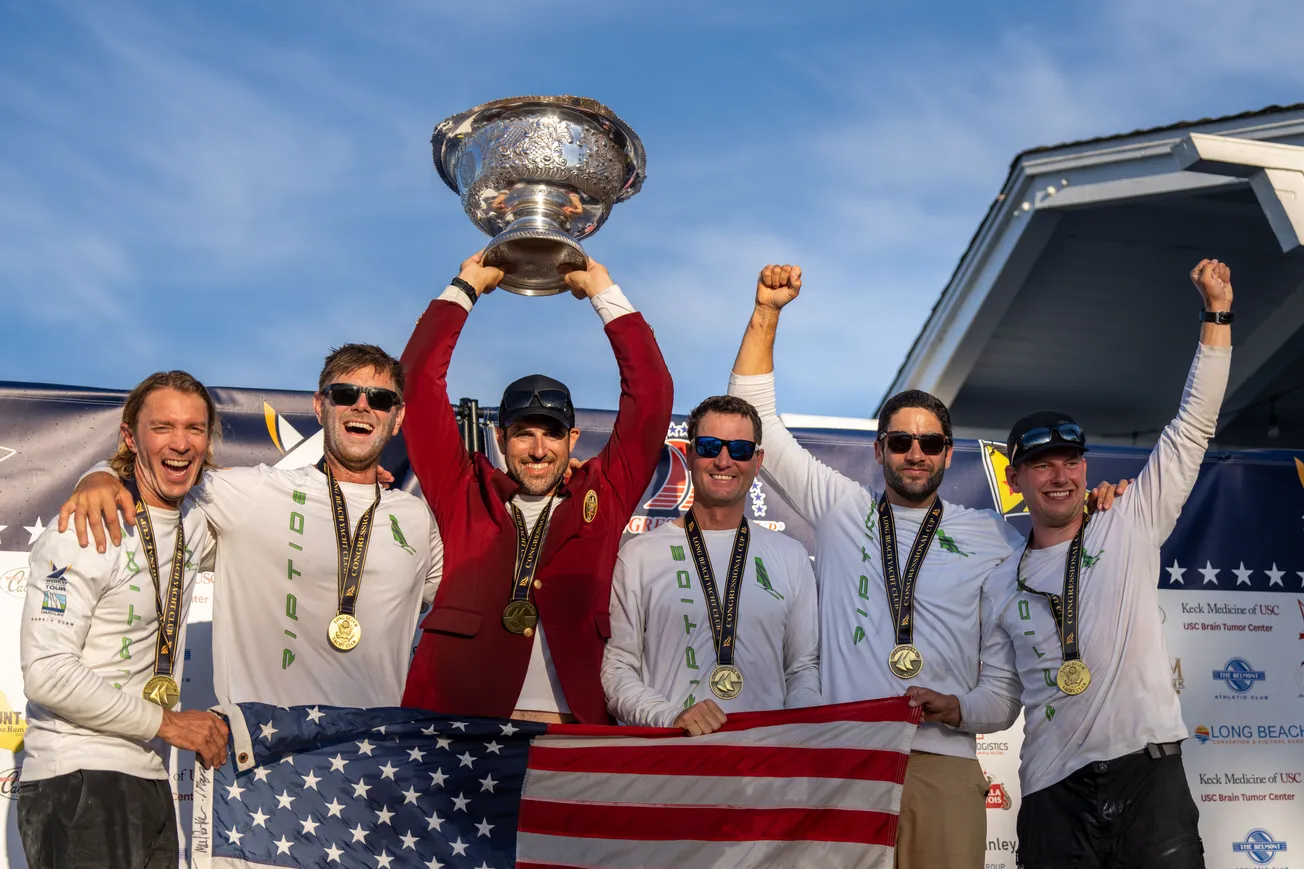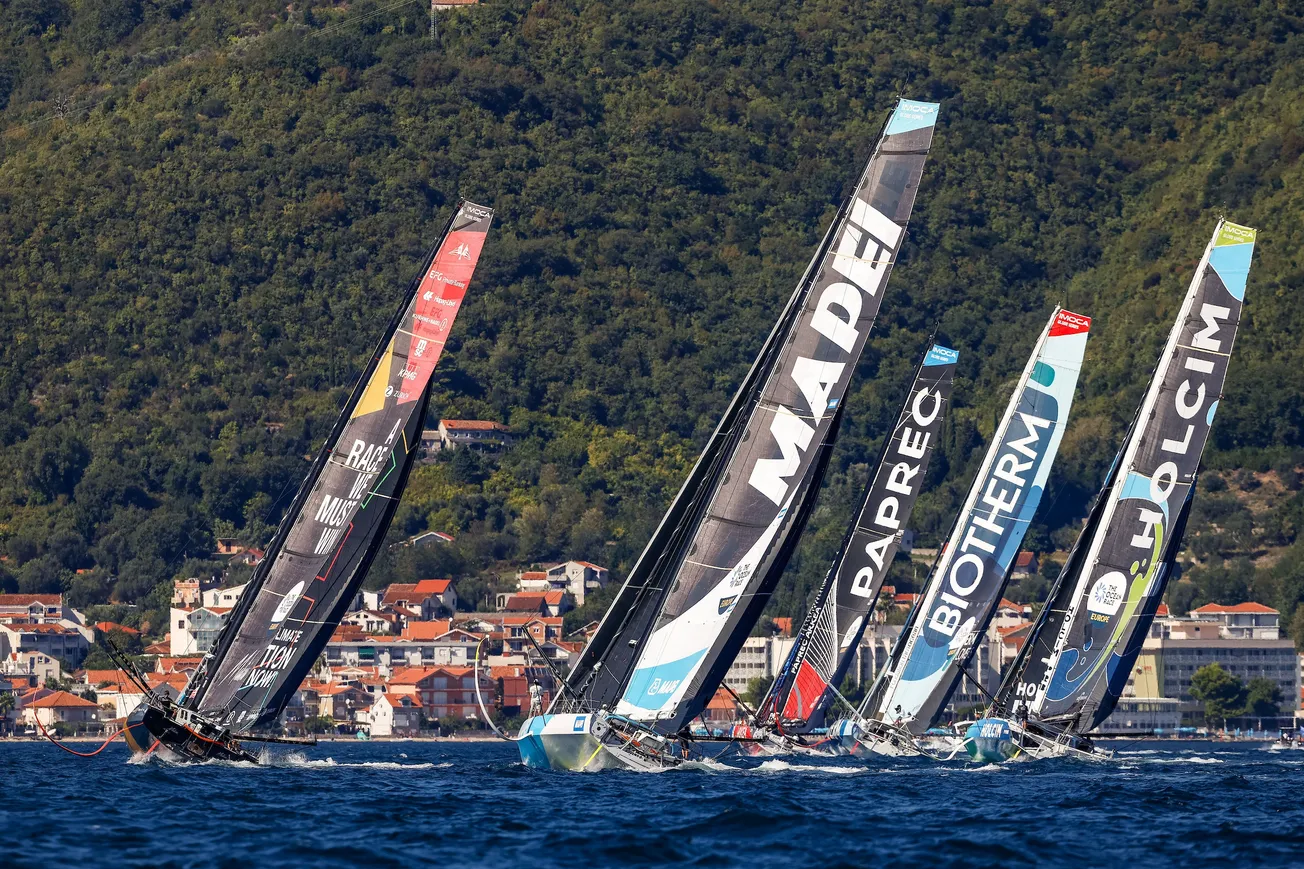‘On a small boat you have the sheet in your hand, you can feel how much force you’re applying,’ says Rondal’s proposal engineer Bart van der Meer. ‘With these bigger boats, 60m-plus, you can’t sail on feel. You need data. We’ve seen a lot of harm done to rig packages simply because the information wasn’t presented usefully or wasn’t available at all.’
Van der Meer’s solution to this problem is integrated sailing systems for superyachts. Team Rondal believes it is the only way to give a sailing superyacht’s crew absolute clarity about what’s happening in every sail handling system. Only then can the crew sail the yacht to its potential without worrying about breaking it - or indeed actually breaking it. Then there’s the potential of a self-learning system…
‘Our goal is to enhance the human-machine interface so that a crew can sail a 60m-plus sailboat comfortably. We need to think in a different way, a holistic system-based approach instead of a product-based one. It’s always an exciting, conversation with an owner’s team.
‘It starts with a client discussion. In the past, as a product supplier, we’d never been in the position to take the hollistic approach. Nilaya was the first project where Rondal was responsible for the entire sailing system and we acted within the shipyard’s team as project engineer. Being an integral team member, there is a huge gain. The owner’s team spoke directly to us, we discussed how we could develop this system to go beyond current capabilities, and we directly integrated our systems. We went from one load measurement on the headstay to 20 measurements, six position indicators, boom angles. You get data to analyse but you can also trim and control properly.
‘These guys don’t leave the dock without fully defined trim sheets because without doing so it’s almost impossible to trim a double-deflector mast with three headstays. They’re all affecting each other. You need access to reliable data to understand what’s happening. In the past a car didn’t beep if you hadn’t put your seatbelt on, now it’s normal. In the superyacht industry, this never happened, so we’re gradually heading towards a smart sailing system, one that thinks through your operation of it. With the Reckmann furlers for example, the tack load needs to be below say 30 per cent MWL (max workload) and between 0 to 200mm out. Currently we have someone looking at the load readouts, someone with a linear at the furler and someone at the remote control.
‘Reconsidering this procedure and provided with the right data we could incorporate delays and visual warnings so that the crew gets reminded something is off. Or a step further, have the furl control start by easing the tack to the right values, and afterwards continue furling. Or in future to push button control “Furl Blade”. The primary goal should be to prevent harm to the system secondary to simplifying procedures and the necessity for heaps of experience, Allowing the owner himself to be able to unfurl his own sails or one of his guests even!
‘The Nilaya runner system is a fine example of a complete system we’ve designed, engineered and supplied. The yard itself would never risk developing that system because they’re not supplying any of the parts except for the hull structure. The yard has multiple suppliers, standing rigging, mast, winches, cylinders, that are heavily reliant on the runner system. Someone needs to take responsibility for integration. We did that for Nilaya, and we managed to upgrade the system, save 1,200kg and about four cubic metres in the lazarette. Those are the optimisations we can deliver.’
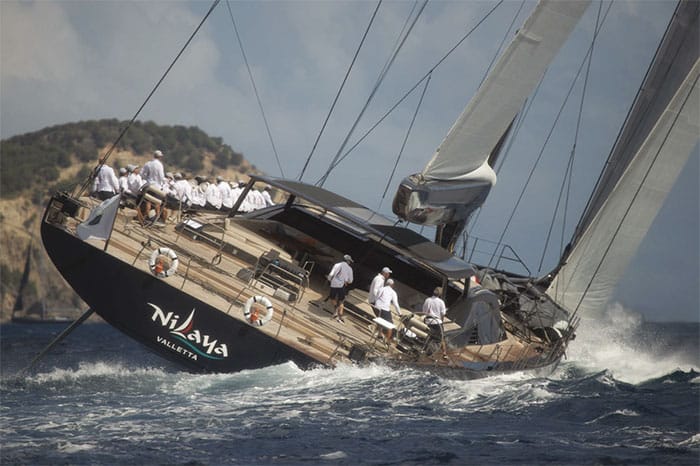
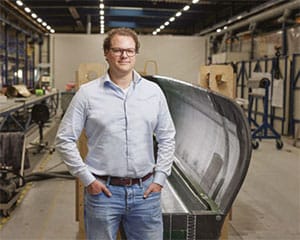
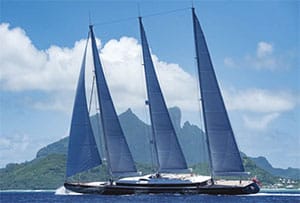
(L) Main image: the 154ft Nilaya was the first project where Rondal was responsible for the entire sailing system and they also acted within the builder’s team as a key project engineer. | (C) Bart van der Meer is one of the specialist sailing system engineers at Rondal. | (R) The 81-metre Sea Eagle – one of the largest sailing yachts in the world.
Van der Meer knows his ideal scenario… ‘Even before contract, we are in discussion with the owner’s team, the shipyard, designers and naval architects. You could argue that we’re part of the build team, a project engineer. We start by defining operational profiles and system descriptions together with the owner’s team to figure out how they want their system to operate, what it will do from a user’s perspective, which values are presented where. We supply the valve blocks and the PLCs to make sure that there are no delays in the system, no ramp-up lag, all these things we’ve seen before.
‘We continue finalising our hardware design, then we start writing technical specifications and functional descriptions, information that’s required for the yard or whatever third-party interface we have: flows, pressures, programming, max values, set values, interface loads.
‘The last phase is making sure that we have good commissioning protocols, that all values are true, accurate, appropriately logged and available. There is a lot to gain in well-written manuals. It’s a pain in the ass for a crew when there’s hardly any documentation and they hope it sort of does what the owner wanted. They get the keys and it’s “good luck,” you know. They need proper written manuals, where every piece of hardware and kit is clearly and neatly described, how it works, the intention of the operation.’
And what does that human-machine interface look like to the user? ‘We like bars and enlarged figures for the most relevant values. Yellow bars are warnings with a popup that says “You’re getting close to your limits”. Then you get red bars, which tell you that you’re beyond the operational limit and you’ll get an alarm. If you go even higher, to the point where the cylinder starts pressure releasing, paying out when you’re not actively steering it out, you’ll get an even louder alarm and the system intervenes by itself. We log all these data points.
‘What we did with Nilaya was to provide all these limits on the hardware. Taking it a step further would be to base these limits on specific sail sets, wind angle and speed. With self-learning the crew could possibly even train the yacht to a point it suggest trim modifications to acquire higher boats speeds.
‘In the future, we would like Rondal to be the company that not only provides the muscle but also the brain (PLC), motor control (Valve block) and the nervous system (Sensoring). This way a shipyard only needs to provide oil pressure and power. It would take a lot of the complexity and responsibility away from the yard, who have a thousand other things to integrate, and keep the knowledge with the people who know what we want to achieve.
‘Primarily we’re adding safety. What we see now is that crews don’t sail beyond certain limits because they don’t have the information to judge whether or not they’re harming equipment. When we convince the owner’s team to incorporate load measurements and position indications and a whole bunch of warnings and values and alarms, we add safety. Crew has the information to judge whether or not they are damaging something. There is a learning curve, in the past only one or two critical values we measured. Now we incorporate load pins on the blade sheets, main sheet, boom vang - every cylinder. As long as we can have these discussions with owners’ teams, we can make these decisions together.
This tech is standard in grand prix racers, why not superyachts? ‘I don’t know. Measuring loads is costly but so is breaking masts. But if there’s a yard between us and the owner and they have to pay for the load pins, they say “It’s not in the spec, there’s no budget for it.” You need to explain to the owner that there’s a risk of breaking the mast if you don’t work within certain values. They need to invest in data.’
How would van der Meer sell this to a client? ‘The primary goal is to provide a better human-machine interface so you feel comfortable being able to sail these massive machines. On a 60m-plus yacht, you don’t feel the difference between 500kg of sheet load and a 30-40 tonnes of sheet load. You have no clue what you’re doing unless you have that value available and presented somewhere. When you know, you feel comfortable trimming again. “Ah I’m only at 15 tonnes of sheet load so I can trim on quite a bit.” If you don’t have that value, you’re like “can I? I better not in case I break something”.
‘We could work with self-learning, where the system runs the yacht’s VPP in the background and suggests changes in sail trim. If the crew manages to sail the boat faster than the VPP, it could shift its green spot to optimise the preset trims. These are capabilities we could have by supplying the whole system.
‘You get similar suggestions on your phone. Google Maps tells you “Take this route, it’s 10 minutes quicker.” You find that useful. If you find it annoying you can turn it off. We now make trim tables, so for every sail set we provide you with a set of load ranges you can use. If we go further, with better computing capabilities and processing hardware, we could work towards predictions and better advice. If the crew finds it annoying, just switch it off.
‘We want to start investigating what sensory package we would need on a sailing system for a computer to start learning how to sail. You say “deploy main” and, based on wind speeds and angles, acquiring and analysing data, the main hoists automatically. It’s definitely something we’re thinking about, but it all starts with data.’
Get all areas access to Yacht Racing Life with a Full Membership free 30-day trial. There's no obligation and you can cancel at anytime.


